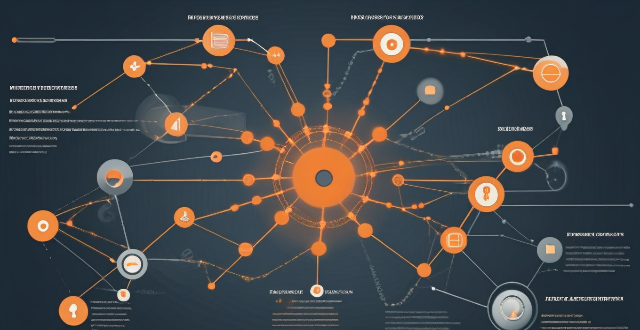The article discusses the concept of network slicing, a technology derived from software-defined networking (SDN) and network function virtualization (NFV), which allows the partitioning of physical networks into multiple virtual networks to optimize resource allocation according to specific service requirements. It outlines the key benefits and applications of network slicing in various sectors such as automotive, healthcare, manufacturing, energy, financial services, and entertainment and media. The conclusion highlights the potential of network slicing to revolutionize communication systems and enhance service delivery, operational efficiency, and user experience across different industries.

Network Slicing Capabilities: A Revolutionary Advancement in Communication Technology
Network slicing, a concept that originated from software-defined networking (SDN) and network function virtualization (NFV), has emerged as a game-changing technology in the telecommunication sector. By partitioning a physical network into multiple virtual networks, it allows operators to optimize the allocation of resources according to specific service requirements. This capability is set to revolutionize various industries, offering tailored solutions for diverse needs. Let's delve into the sectors that are poised to benefit the most from this innovative technology.
Automotive Industry
*Key Benefits:*
- Enhanced Connectivity: Real-time data exchange between vehicles and infrastructure.
- Improved Reliability: Dedicated network slices for critical safety applications.
*Applications:*
- Connected Cars: Real-time vehicle monitoring and maintenance alerts.
- Autonomous Driving: High-speed data transmission for instant decision making.
Healthcare Sector
*Key Benefits:*
- Increased Availability: Seamless remote patient monitoring and diagnostic services.
- Improved Data Security: Isolated network slices for sensitive health information.
*Applications:*
- Telemedicine: Remote consultations with healthcare professionals.
- Wearable Health Devices: Continuous health monitoring and alerts.
Manufacturing Industry
*Key Benefits:*
- Enhanced Efficiency: Streamlined communication between machines and operators.
- Precision Control: Dedicated network resources for time-sensitive processes.
*Applications:*
- Industrial Automation: Smart factories with automated processes.
- Predictive Maintenance: Preventative measures based on machine analytics.
Energy Sector
*Key Benefits:*
- Optimized Resource Allocation: Dynamic management of energy distribution.
- Improved Reliability: Dedicated slices for critical grid functions.
*Applications:*
- Smart Grids: Efficient power distribution and load balancing.
- Renewable Energy Management: Optimal integration of solar and wind energy sources.
Financial Services
*Key Benefits:*
- Enhanced Security: Isolated network slices for financial transactions.
- Reduced Latency: Faster transaction processing times.
*Applications:*
- Mobile Banking: Secure access to financial services from anywhere.
- Blockchain Transactions: Secure and transparent record-keeping.
Entertainment and Media
*Key Benefits:*
- Improved Quality of Service: Customized experiences for users.
- Increased Bandwidth: Support for high-definition streaming services.
*Applications:*
- Virtual Reality (VR) and Augmented Reality (AR): Immersive gaming and interactive content.
- Live Streaming: High-quality broadcasts without delays or interruptions.
Conclusion
The advent of network slicing capabilities promises a future where the limitations of traditional network architectures are overcome, paving the way for highly customized, efficient, and secure communication systems. As these industries embrace this transformative technology, we can expect significant advancements in service delivery, operational efficiency, and user experience across the board. The potential for innovation is vast, and the beneficiaries are numerous, making network slicing a cornerstone of the digital revolution.